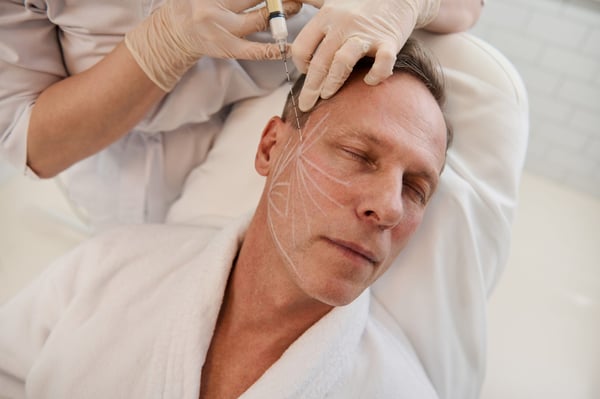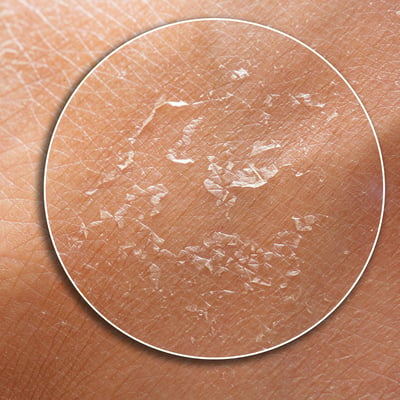
In a world where beauty filters, injectable trends, and TikTok facelift alternatives dominate the conversation, it’s no wonder traditional facelift surgery has gotten a bad rap. Scroll through your feed and you might think surgical facelifts are outdated relics of the ‘90s, reserved only for silver-haired socialites and Hollywood stars. Meanwhile, “insta-facelift” trends, which include non-surgical options like threads or fillers, are marketed as miracle fixes with zero downtime and selfie-worthy results.
But here’s the thing: A lot of what people think they know about facelifts is outdated, oversimplified, or just flat-out wrong. And the rush toward non-surgical procedures isn’t always based on facts. It’s often rooted in fear, myths, and even just clever marketing.
What rarely gets mentioned? Today’s facelifts are safer than ever, thanks to advanced surgical techniques, better anesthesia, and refined recovery protocols. In the hands of a board-certified specialist, the procedure is low-risk, customizable, and designed to deliver natural-looking results. That’s why modern facelift procedures have a 95-97% satisfaction rate.
So let’s set the record straight and bust five of the biggest myths about facelifts.
Myth #1: Facelifts are only for women—and only if you’re over 60
Fact: Facelifts are for anyone who wants to look refreshed and combat signs of aging.
Let’s start with the age and gender stereotypes. Yes, women are still the majority of facelift patients, but men are increasingly embracing facial rejuvenation too, especially with the rise of Zoom meetings, high-def cameras, and the pressure to “look the part” professionally.
As for age, facelift candidates can be as young as 40. In fact, men and women in their 40s and early 50s are opting for facelifts earlier than ever, and these younger patients often get the best long-term results. When done preventatively, a facelift can restore a youthful look before signs of aging become more dramatic, and the results are subtle, not drastic.
Myth #2: Facelift procedures make your face look frozen or unnatural
Fact: That “wind-tunnel” look is a thing of the past.
You’ve seen the horror stories: paparazzi shots of overly stretched celebrity faces that make you want to run straight to the hyaluronic acid aisle. But those results aren’t the norm, and they’re usually the product of outdated techniques or multiple surgeries stacked over decades.
Modern facelifts focus on repositioning deeper facial tissues (not just tightening the skin), so the outcome is natural, not artificial. The advancements in facelift techniques now offer highly customizable options to address individual needs, making it easier than ever to achieve natural, balanced results.
When done by a skilled, board-certified plastic surgeon, a facelift enhances your natural contours and softens sagging without giving away your secret.
Myth #3: Recovery from a facelift is brutal
Fact: Recovery is real, but it’s manageable and often shorter than people think.
Like any surgery, facelift procedures require some downtime. But for most people, it’s a week or two of swelling and bruising, not months spent in hiding. Most patients feel well enough to work from home in a few days and are out and about within 10–14 days, with full recovery taking about a month.
Pain levels are typically mild to moderate during the first 24 hours after surgery and are manageable with today’s anesthesia, post-op care, and medications. Patients report some discomfort during recovery, but the horror stories of unbearable pain are exaggerated.
Bonus: a facelift offers results that last 5-10 years or longer, so a little downtime upfront pays off in the long run.
Myth #4: Facelifts often go wrong. Just look at these Instagram fails!
Fact: Bad outcomes are rare with the right surgeon.
The Internet loves a good plastic surgery “fail.” But the truth is that cringe-worthy results usually come from one of three things: an unqualified provider, unrealistic expectations, or both.
Choosing a board-certified plastic surgeon with facelift expertise is the most important factor in getting the look you want. Reputable surgeons take time to understand your goals, walk you through the procedure, and set honest expectations.
When performed by skilled, qualified hands, a facelift is one of the most powerful, time-tested procedures for facial rejuvenation.
Myth #5: Non-surgical “insta-facelifts” do the same thing
Fact: They don’t, and influencers pretending they do can be part of the problem.
Non-surgical treatments like threads, fillers, and radiofrequency devices are effective tools for combating signs of aging and are used extensively in skin health practices. But they aren’t interchangeable with a surgical facelift. Pretending they are can set patients up for disappointment.
“Insta-facelifts” can temporarily tighten or lift the skin, but they don’t offer the same level of repositioning, contouring, or long-lasting results that surgery does. Worse, overdoing non-surgical treatments or relying on inexperienced providers can sometimes age the face by creating puffiness and imbalance.
The best approach? Match the treatment to your goals. Sometimes that’s a surgical facelift. Sometimes it’s a mix of treatments. The point is: Don’t let flashy names and social media buzz make the decision for you. Talk to your dermatologist about your goals and options instead.
Is a facelift right for me?
Choosing a facelift — or any facial rejuvenation treatment — is a personal decision, and there’s no one-size-fits-all answer. With so many options available today, it’s easy to feel overwhelmed by mixed messages, trends, and outdated ideas.
The good news is that facelifts have evolved significantly over the years. Modern techniques make the procedure safer, more natural-looking, and more customizable than ever. They’re not just for women, not just for a certain age group, and definitely not something to shy away from.
Whether you’re exploring surgical or non-surgical options, separating fact from fiction is the first step toward making the right choice for you.
If you’re curious about what a facelift really involves and whether it’s the right move for you, talk to an expert. Schedule a consultation with a board-certified plastic surgeon at a Forefront location near you today.





